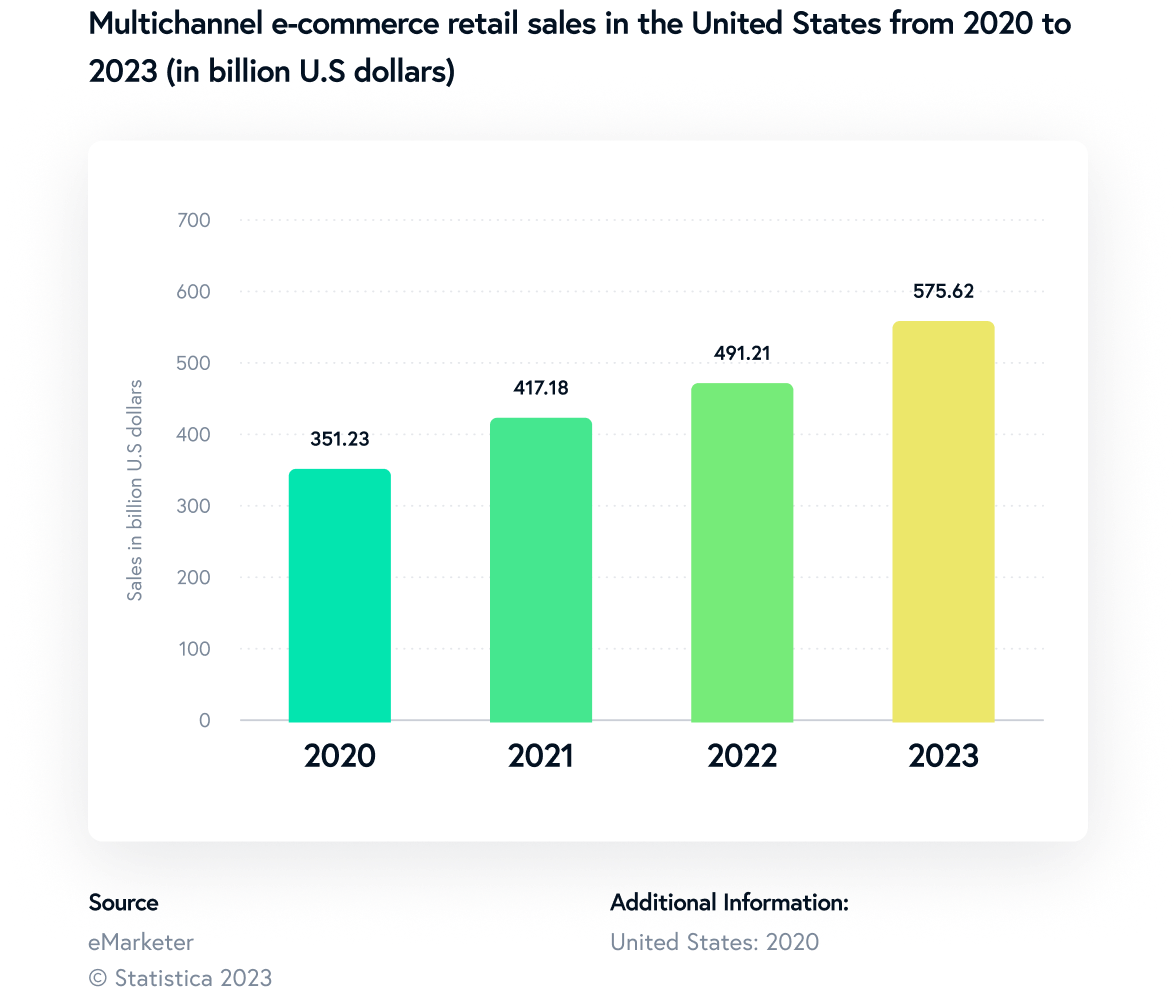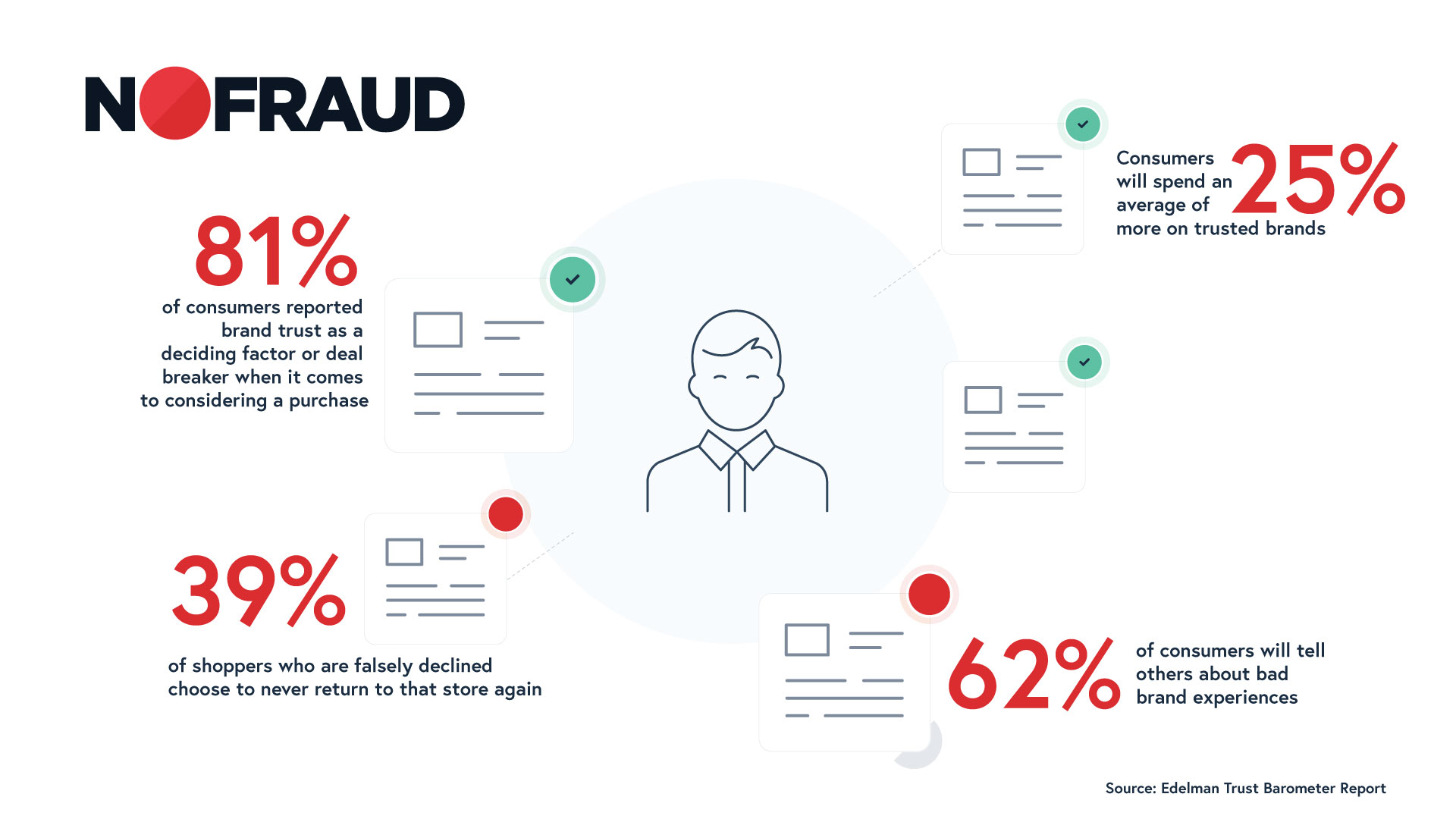Do Market Research
Market research serves as the cornerstone for informed decision-making and strategic planning. By delving into market dynamics, consumer behaviors, and industry trends, eCommerce merchants can gain invaluable insights that shape the foundation of their growth strategy. Gain an understanding of the target audience to create tailored product offerings and personalized marketing initiatives that enhance customer satisfaction and create brand champions.
Through the identification of market opportunities and potential challenges, businesses can proactively position themselves for success and navigate the competitive landscape with agility. Market research is necessary to effectively inform pricing strategies, optimize marketing channels, and to launch new products or go to market in new regions. Ultimately, market research empowers eCommerce businesses to make data-driven decisions, ensuring that their growth strategy is both well-informed and poised for long-term viability in today’s dynamic and ever-evolving digital marketplace.
Depending on the project, expect to spend between 6-8 weeks on research when launching a new product, and continue to frequently monitor in the months post-launch. For loyal customer bases, be sure to check-in with your research annually to keep it relevant and accurate. Even small teams and companies should be sure to conduct market research, adjusting these steps to obtain market, industry, and consumer insights with the resources available.
Choose the Right Market Research Tactics
Understand Your Target Audience
Conduct Surveys and Feedback Sessions
Directly reach out to customers using surveys and feedback sessions to gather information on preferences, satisfaction levels, and areas for improvement and innovation. Consider offering incentives for survey participation to enhance response rates. Encourage customers to provide feedback through reviews and testimonials, which provide insights into their experiences and serve as valuable social proof to use in your marketing and sales efforts.
Engage in Social Listening
Actively monitor social media platforms and online forums to listen to what your target audience is saying about your brand, products, and industry. Social listening provides real-time insights into customer sentiments, preferences, and emerging trends. Engage with your audience on social media, meeting them where they already are — participate in relevant discussions and pay attention to their feedback. Social media platforms can be powerful channels for understanding your audience’s interests, gathering feedback, and adapting your strategies accordingly.
Utilize Analytics and Data Analysis
Leverage analytics tools to gather and analyze data related to shopper behavior on your eCommerce platform. Platforms like Google Analytics offer insights into website traffic, popular products, and the customer journey. By analyzing this data, merchants can understand which pages are most visited, how users navigate the site, where they might be getting stuck, and what influences their purchasing decisions. This data-driven approach informs decisions about marketing strategies, product offerings, and user experience enhancements.
3 Ways to Increase Returning Visitors
to your eCommerce Shop

Analyze Industry Trends
Stay Informed Through Industry Publications
Many eCommerce experts and organizations maintain blogs and newsletters that regularly publish insights, analyses, and updates on industry trends and changes. These outlets can provide busy merchants with timely information on the latest happenings to help merchants evolve, ward off threats, and maintain their competitive edge. Examples of influential eCommerce blogs include Shopify’s eCommerce blog, BigCommerce blog, Practical eCommerce, and of course, the NoFraud blog.
Industry reports and market research studies also serve as invaluable resources for eCommerce merchants seeking to understand evolving trends. Organizations such as eMarketer, Statista, and Forrester Research regularly publish comprehensive reports on eCommerce trends, consumer behavior, and emerging technologies. These reports provide data-driven insights and analysis, helping merchants stay informed about market dynamics so they can make informed decisions.
Subscription Fraud Trends

Attend eCommerce Conferences and Events
Participating in eCommerce conferences, trade shows, meetups, and industry events is an excellent way to stay updated on the latest trends. Events like Shoptalk, IRCE (Internet Retailer Conference + Exhibition), and eTail bring together industry experts, thought leaders, and merchants to discuss emerging trends, share best practices, and showcase innovative technologies. Networking at these events also provides opportunities to learn from peers and gain firsthand knowledge of market developments.
Assess Competitors
Conduct Competitor Website Analysis
Conduct a thorough analysis of your competitors’ websites. Evaluate the positioning, messaging, user experience, design, and functionality. Examine the product listings, pricing strategies, and the overall shopping journey. Identify key features and unique selling propositions (USPs) that set them apart. Assess the effectiveness of their calls-to-action, checkout process, and any value-added services. Tools like website analytics, heatmaps, and user testing can provide valuable insights into how customers interact with competitor websites.
Set Up Social Media Monitoring
Monitor your competitors’ social media channels to understand their online presence, engagement strategies, audience, and customer interactions. Analyze the type of content they share, the frequency of posts, and the level of audience engagement. Pay attention to customer reviews, comments, and feedback to gauge sentiment. Social media monitoring tools can help track competitor mentions, follower growth, use of influencer marketing, and overall social media performance, providing valuable insights into their marketing strategies and customer relationships.
Study Competitor Content and Marketing Strategies
Analyze the content and marketing strategies employed by your competitors. Assess the type of content they produce — blog posts, videos, or infographics — and evaluate its quality, frequency, timing, and relevance. Examine their email marketing campaigns, promotions, and advertising strategies. Identify the channels they prioritize, whether it’s social media, search engine marketing, or influencer collaborations. Understanding how competitors position themselves in the market and promote their products can inform your own marketing strategies and help identify areas for differentiation.
Optimize Your Website
Website optimization plays a pivotal role in creating a seamless and compelling online shopping experience. A well-optimized website is not only user-friendly, it also serves as a powerful tool for conversion and customer retention. It is a foundational and necessary component of every growth strategy. By conducting thorough analyses of user behaviors, businesses can identify areas for improvement, ensuring that the website is intuitive, responsive, and aligned with customer expectations.
Streamlining the checkout process, optimizing product pages, and enhancing overall site performance all contribute to higher conversion rates and increased customer satisfaction. Moreover, website optimization aligns with search engine optimization (SEO) practices, improving online visibility and attracting organic traffic. In the competitive eCommerce landscape, you’ll need to prioritize website optimization to create a positive first impression and foster customer trust, laying the groundwork for sustained growth.
How to Increase Conversions with
BigCommerce + NoFraud Checkout

Leverage Website Optimization Tactics
Make it Seamless and User-Friendly
Create a Clear Structure With Intuitive Navigation
Research shows that 40% of shoppers will leave a website if it fails to load within three seconds. While investing in a high-performing, well-designed website seems obvious, understanding the ROI on such an investment should put this at the top of your to-do list. Forrester Research reported that a frictionless design experience can raise conversion rates up to 400% and every dollar a company invests in UX yields a $100 return.
Make sure the navigation of your eCommerce website is intuitive and user-friendly by testing it with shoppers and collecting their feedback directly. For ongoing maintenance, perform regular heatmap analyses to ensure your website is structured clearly and well-organized with easily accessible categories and subcategories. Use descriptive labels, while avoiding unnecessary complexity. Implement a logical menu layout that helps shoppers quickly locate products.
Also, consider Including a search bar with autocomplete functionality to further enhance navigation and help increase conversions. Studies have shown that site searchers are 2-3x more likely to convert and nearly 70% of shoppers use the search feature when it’s made available on a website.
3 Ways to Increase Returning Visitors
to Your eCommerce Shop

Streamline the Checkout Process
For merchants and shoppers alike, an abandoned cart is painful! Merchants have spent time and money creating an optimal experience for shoppers, while shoppers get excited and head to checkout — only to close out of the tab and never return again. Cart abandonment rates are currently sitting at around 69%, with shoppers citing the biggest reason for ditching checkout is getting hit with unexpected extra costs (shipping, taxes, fees, etc.). Mobile abandonment rates are even higher.
To reduce cart abandonment, simplify the checkout process by implementing a clear and concise checkout flow with minimal steps. Clearly display the total cost of the cart and payment options accepted upfront. Also, include a progress indicator so shoppers know how far along they are in the process. Optimize form fields for easy input, and include trust signals, such as secure payment icons, to instill confidence in users during the checkout process. Provide guest checkout options to avoid forcing users to create accounts before making a purchase.
Optimize Product Filtering and Sorting
Streamline the browsing experience by optimizing product filtering and sorting options. Allow users to filter products based on various attributes such as price range, brand, customer ratings, and availability. Implement sorting options like “New Arrivals,” “Best Sellers,” and “Price Low to High” to cater to different user preferences. Ensure that filter options are prominently displayed, easy to use, and responsive to user interactions, providing a seamless way for users to narrow down their product selections quickly.
Optimize for Mobile
Design for Mobile Responsiveness
Adobe forecasts this holiday season will be the first in which mobile shopping overtakes desktop. And with mobile cart abandonment hitting 82%, merchants need to make sure their websites are fully responsive across various devices — especially mobile. Optimize the layout, images, and interactive elements for smaller screens. Keep accessibility in mind. Implement touch-friendly features, such as larger buttons, and ensure that the overall user experience remains seamless and consistent across devices. Google’s mobile-friendly test can help assess and optimize your site for mobile responsiveness.
Build Customer Trust
Transparent Product Information
Provide clear and transparent information about your products and services. Include detailed product descriptions, specifications, pricing, and shipping information. Transparency instills confidence in customers, prevents chargebacks, and helps them make informed purchase decisions. Additionally, offer user-generated content such as customer reviews and testimonials to provide authentic perspectives on your products. When customers trust the information you provide, they are more likely to engage with your brand and make repeat purchases.















